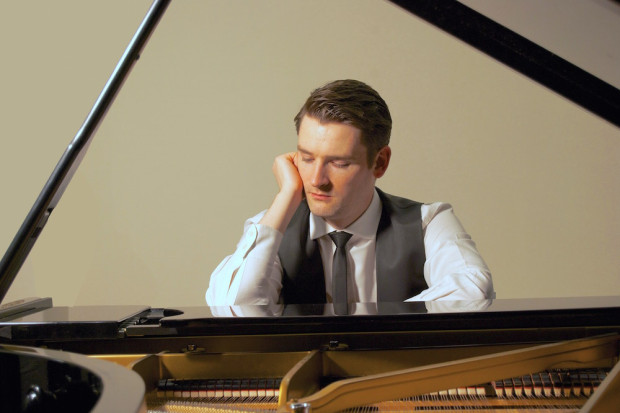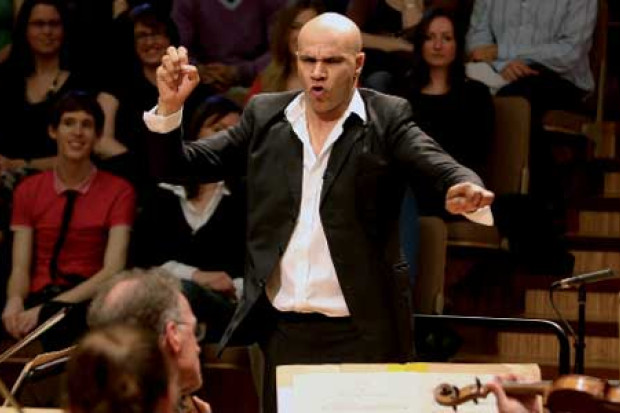Letters: Vocal Vibrato
Dear Editor,
Ian Wilson rightly points out in his recent article (JMI, May-June 2002, pp. 5-11) that excessive vocal vibrato, apart from sounding ugly, militates against precision of execution and justness of intonation. However, the popular notion – which Wilson would appear to share – that a heavy vibrato is a desirable or otherwise acceptable attribute of ‘operatic’ singing, particularly in the Italian tradition, is a crude misconception without any support in historical fact. Certainly, many singers may have had excessive vibrato, but this was at best merely tolerated when composers and impresarios were obliged for various practical reasons to engage these singers. This is often still the case, and the excessive adulation that many such singers receive is more a matter of marketing, especially nowadays, rather than of dispassionate and historically informed judgement. What Wilson is criticising, it would seem to me, is quite simply bad singing: vocal vibrato of excessive amplitude has always been subject to severe and unequivocal censure and moreover, considered a grave technical defect, since it is wholly at odds with the aim of acquiring a highly refined control of vocal nuance – particularly of the emission of the breath – on which the bel canto tradition placed such great emphasis. Moreover, Wilson’s bald assertions that ‘voices over-burdened with vibrato … [are] certainly not so much of a problem when the voice is engaged in the performance of 18th and 19th century repertoire’, and that ‘vibrato is no doubt desirable’ in this music, are highly dubious and are flatly contradicted by every authority of note writing during the period. One thinks of Mozart’s famous letter to his father on the subject of the singer Meissner, who, he complains, ‘has a bad habit in that he often intentionally vibrates his voice … and that I detest in him. It is indeed truly detestable, it is singing entirely contrary to nature’. However, he goes on, ‘The human voice already vibrates of itself, but in such a degree that it is beautiful, that is the nature of the voice’. Clara Schumann’s father Frederick Wieck, who was regarded as one of the greatest singing teachers of his generation, was vehement in his condemnation of ‘the recurrent wide vibrato, the excessive forcing of the high notes […] in a word, this whole unchaste and inchoate manner of singing’. The sensible consensus concerning vibrato seems to have been that a certain amount of what Praetorius called ‘trembling and shaking’ (zittern und bebende) was desirable to add warmth and colour to the sound but that it should be unobtrusive. (There is no historical support either for another prevalent misconception that 17th and 18th century vocal music should be ideally performed without any vibrato and using an unsophisticated vocal production known by the Italians as the voce bianca or ‘white’ voice. Such a manner of performance quite misrepresents this music.) Finally, I wonder if I was not alone in finding the title of Wilson’s article disappointing in its recourse to cliché, with its stereotypical associations of opera with wobbles and obese singers.
Patrick Zuk
Cork
Published on 1 July 2002












